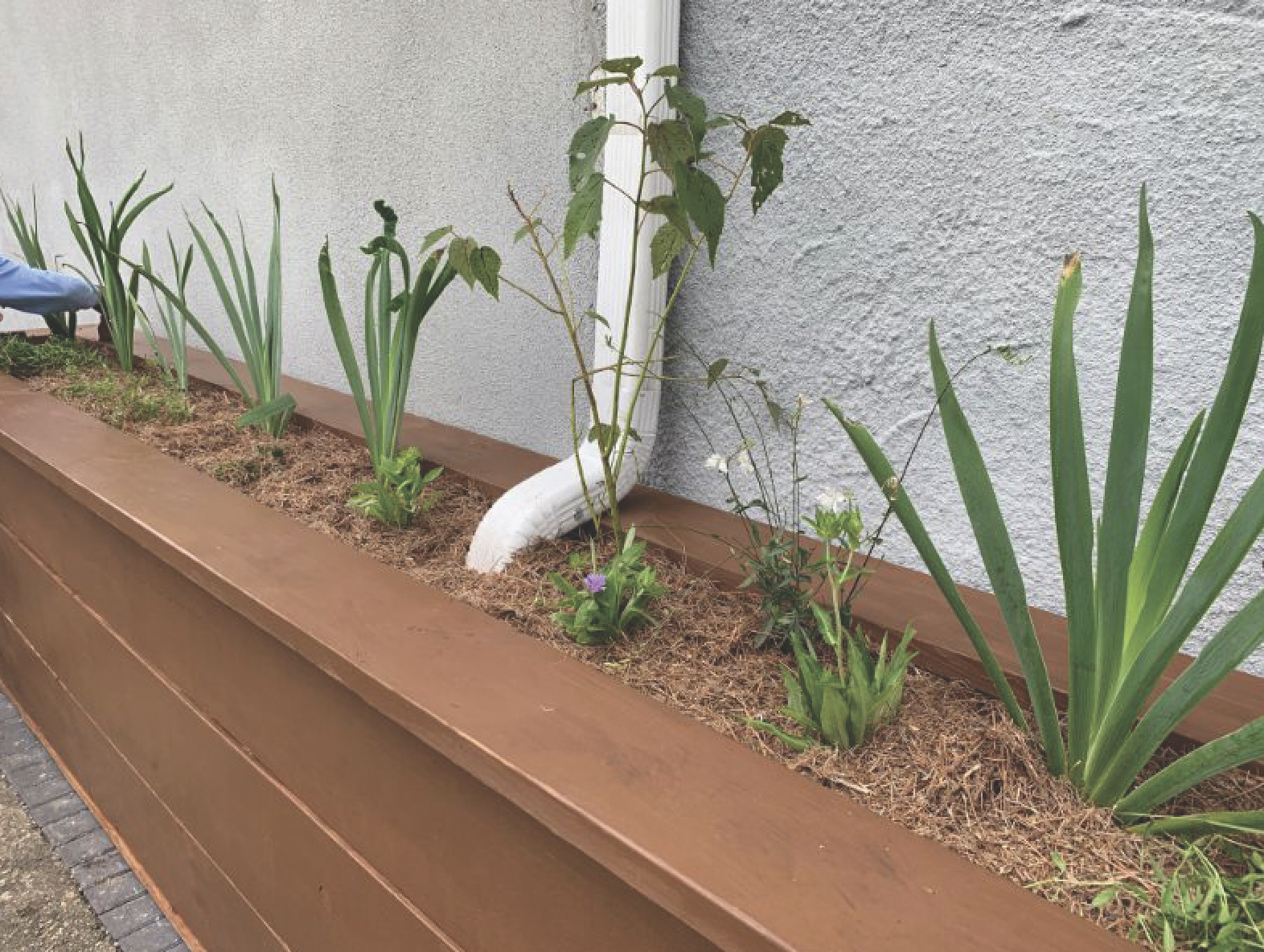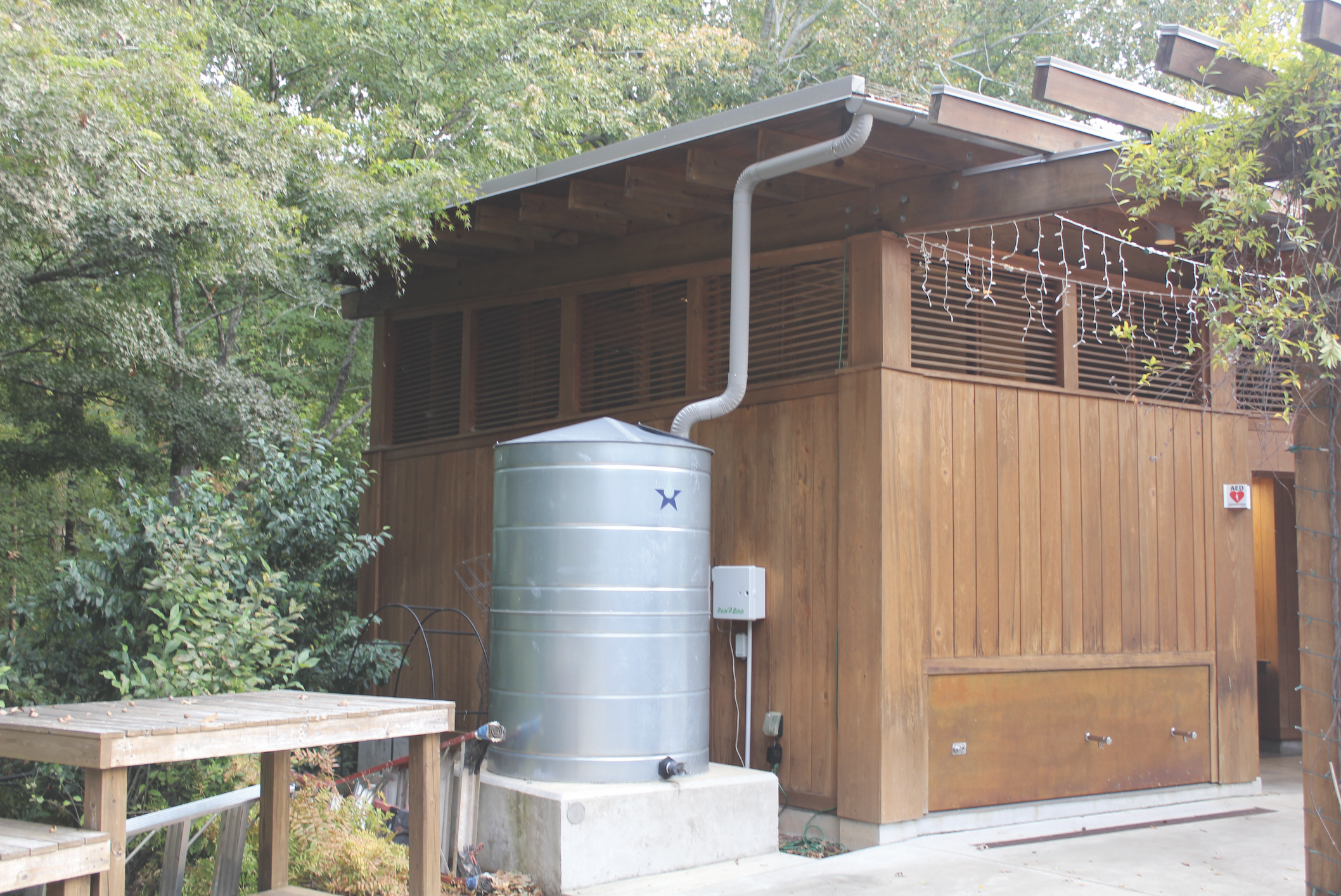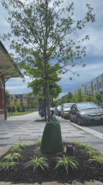The Secret to Long Term Success
Brooke Inzerella On How He Built His Company To Last
Damon Abdi Explains How To Get Creative
With Urban Irrigation Systems
Irrigating the urban landscape is a delicate art, with each site bringing unique nuances that require consideration. A shady site tucked between buildings will almost certainly be less water-demanding than a landscape bed facing the sun’s full force. Plantings in lowlying areas may not need supplementary irrigation at all; however, a container arrangement will demand water daily. What about finding an accessible water source in an isolated landscape location? These are crucial considerations when irrigating the urban landscape. With a range of tools, design practices and a little creativity, irrigating the urban landscape can turn a trouble into a triumph.
Begin by applying the right amount of water. How much is that exactly? Do you even need water? Using a soil/substrate moisture sensor can help answer those questions. A portable probe sensor can measure numerous locations in real-time, and you can leave a sensor semipermanently in the ground/container to measure soil drying and wetting fluctuations over a longer duration. Depending on your soil type and plant material, irrigation decisions can be made more efficiently. With the right sensors and equipment, irrigation can even be automated.

Rooftop Drainage into Planter box in New Orleans, Louisiana
Photo courtesy ©Dan Johnson, www.greenmandan.com
Sourcing water in an urban landscape can be challenging. Consider “leaning into” the vast impervious surfaces found in this type of environment. Rooftop runoff water can be harvested in storage tanks, providing a sole or supplementary irrigation source for your urban landscape. Bypassing the storage of rooftop runoff entirely is an option. Instead, designing gutter and drainage systems to provide water directly to planter boxes or landscape beds during storm events can keep your plants hydrated and relieve pressure on stormwater drainage systems simultaneously.
 Rooftop Water Collection Tank at the State Botanical Gardens of Georgia
Rooftop Water Collection Tank at the State Botanical Gardens of Georgia
Photo courtesy ©Damon Abdi
 Tree planting in a remote location? Consider using a tree watering bag. Simply attach the apparatus around the trunk of a tree, fill the bag with water and the water will seep out slowly. This way, water will have time to infiltrate the soil and properly hydrate your tree. Ensure that bags are not left on the tree for too long or the risk of disease increases. To be safe, fill up the bag, let it drain and remove it until it is needed again. This works best when establishing new tree plantings in the landscape.
Tree planting in a remote location? Consider using a tree watering bag. Simply attach the apparatus around the trunk of a tree, fill the bag with water and the water will seep out slowly. This way, water will have time to infiltrate the soil and properly hydrate your tree. Ensure that bags are not left on the tree for too long or the risk of disease increases. To be safe, fill up the bag, let it drain and remove it until it is needed again. This works best when establishing new tree plantings in the landscape.
Irrigating the urban landscape bears unique challenges, but with the right tools and ingenuity, a creative, water sustainable landscape can be the result.
Damon Abdi, Phd.
LSU Ag Center in Houma, Louisiana
Email: dabdi@agcenter.lsu.edu

Brooke Inzerella On How He Built His Company To Last